May 20, 2025 | 10:09 GMT +7
May 20, 2025 | 10:09 GMT +7
Hotline: 0913.378.918
May 20, 2025 | 10:09 GMT +7
Hotline: 0913.378.918
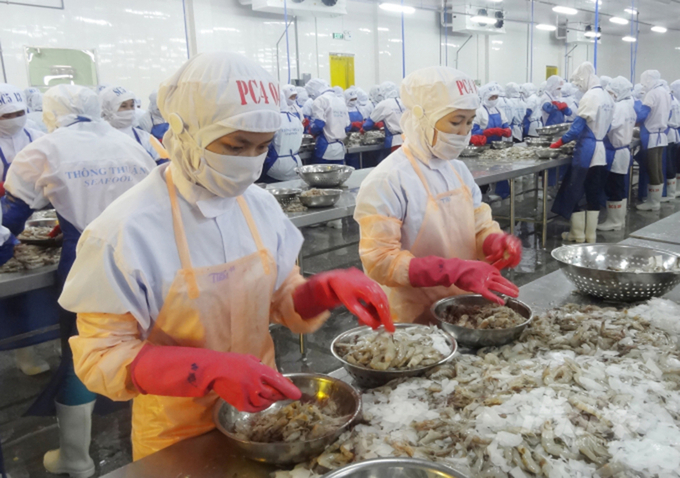
Shrimp processing in preparation for export at a facility belonging to Thong Thuan Company. Photo: Son Trang.
According to the Vietnam Association of Seafood Exporters and Producers (VASEP), Vietnam's seafood exports to the United States are experiencing remarkable growth throughout 2024. Estimates indicate that seafood exports to the U.S. have reached at least 1.5 billion USD in the first ten months of 2024, marking an increase of 15% compared to the corresponding period in 2023. The total revenue from seafood exports to the U.S. will reach an estimated 1.85 billion USD by the end of the year, which is an increase of 19% from 2023.
The United States has maintained its position as Vietnam’s largest market for seafood exports for many years, with annual revenues reaching between 1.5 billion and 2.1 billion USD. Notably, seafood exports to the U.S. reached nearly 1.6 billion USD in 2023, accounting for 17% of Vietnam’s total seafood export value.
The United States' status as the largest market for Vietnamese seafood has raised concerns regarding how a second term for Donald Trump can potentially affect Vietnam’s seafood exports to the U.S.
Le Hang, VASEP’s Communications Director, noted that specific U.S. trade policies under Donald Trump present both opportunities and challenges for Vietnam's seafood exports in the immediate future.
Regarding opportunities, the ongoing U.S.-China trade tensions can lead to significant changes in supply chains and imports nationwide, including seafood. Accordingly, the U.S. may reduce seafood imports from China and seek alternative suppliers, with Vietnam positioned as a potential replacement.
Shrimp and shark catfish are currently Vietnam’s primary seafood export items to the U.S. An increase in U.S. tariffs on seafood imports from China can introduce considerable opportunities for these Vietnamese products, thereby supporting further growth for seafood exports to the U.S. On the other hand, China may also reduce its seafood imports from the U.S. and shift toward importing alternative products from Vietnam and other countries.
Escalating trade conflicts cause significant disruptions in global seafood supply chains, which can allow Vietnam to establish itself as a reliable alternative source for countries aiming to circumvent U.S. tariffs. This shift can position Vietnam as a preferred supplier within the global seafood supply chain.
While the U.S.-China trade war offers numerous advantages for Vietnamese seafood, the domestic seafood business community faces various U.S. trade defense measures, including anti-dumping and countervailing duties, as well as strict product quality standards.
Le Hang noted that despite the growing favorability of anti-dumping duties on Vietnamese shrimp and pangasius and countervailing duties on Vietnamese shrimp imports to the U.S. in 2024, Vietnamese seafood businesses must maintain a cautious approach and formulate strategic plans when exporting to this market.
Under the Trump administration, the U.S. government has raised its food safety and quality standards. Consequently, Vietnamese seafood exporters will be forced to meet stricter food safety regulations, thereby increasing production and inspection costs.
Furthermore, U.S. protectionist policies and tariffs may heighten competition between Vietnam and other major seafood-exporting countries to the U.S., such as India, Ecuador, and Indonesia.
In response to these opportunities and challenges, Le Hang recommended Vietnamese seafood businesses adopt a proactive and flexible approach to adapting to the shifts in U.S. market dynamics, especially amid changing international trade policies.
Most importantly, exported seafood products must fully comply with the standards set by the U.S. Food and Drug Administration (FDA), including regulations related to hygiene, food safety, and disease prevention.
U.S. consumers are exhibiting a growing interest in sustainability, environmental protection, and social responsibility. Consequently, Vietnamese seafood businesses should focus on sustainable production practices and strict quality control from farming to processing to meet the growing demands of the U.S. market.
Vietnamese seafood businesses should also provide transparent information on production processes, raw material origins, and quality standards, with the goal of building trust with consumers and partners in the U.S. in addition to fulfilling the requirements of key distributors, supermarkets, and retail systems in this market.
Additionally, Vietnamese seafood businesses should strengthen their competitiveness and establish rapid response plans to address any changes in U.S. tariffs and trade defense measures.
For over 20 years, Vietnam’s seafood industry has faced multiple anti-dumping lawsuits in the U.S., which had considerable impacts on its two main export items: shrimp and shark catfish. Vietnamese shrimp exports have also recently come under a new countervailing duty investigation targeting warm-water shrimp.
These anti-dumping and countervailing lawsuits have posed significant challenges for Vietnamese companies exporting shrimp and shark catfish to the U.S. However, according to To Tuong Lan, the positive outcome of these lawsuits is the industry's growth; namely, Vietnamese seafood businesses have emerged more resilient and experienced after every lawsuit.
Translated by Nguyen Hai Long
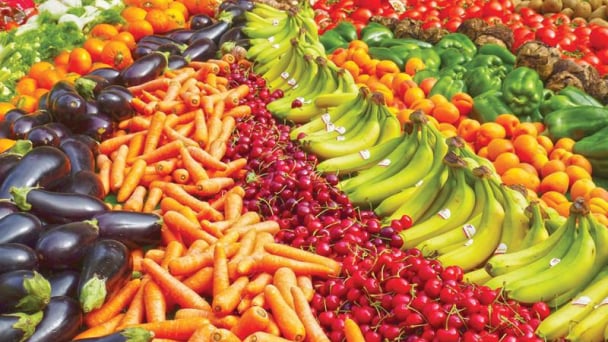
(VAN) On May 15, Ministry of Agriculture and Environment of Vietnam hosted the 'Connecting Vietnam - Germany agricultural, forestry and fishery trade' seminar in Berlin, Germany.
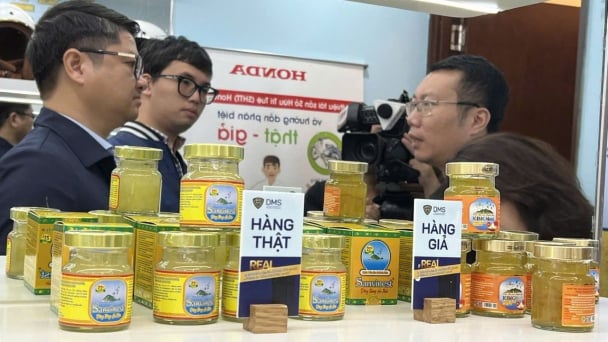
(VAN) In the face of counterfeit and imitation products, Khanh Hoa Salanganes Nest Company hopes for the prompt completion of the legal framework, strict enforcement against violations, and protection of the bird’s nest brand.
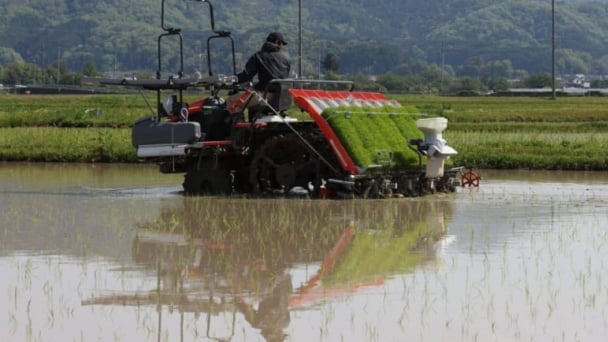
(VAN) Japan's efforts to lower the price of rice through the release of its stockpile may finally be making some progress, albeit at a snail's pace.
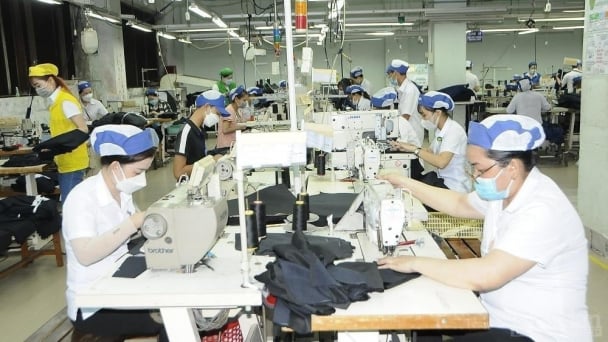
(VAN) U.S. tariffs are not only a 'shock', but also an opportunity for Vietnamese businesses to renew their mindset toward comprehensive development.

(VAN) As Bac Giang lychee enters the harvest season, Minister Do Duc Duy expects that the fruit will contribute greatly to agricultural exports due to standardized production and deep processing.

(VAN) Consumers have shown a preference for free-range eggs, but those farming systems are more vulnerable to biosecurity risks like bird flu.
/2025/05/09/5701-1-184335_301.jpg)
(VAN) Vietnam’s eel exports nearly doubled thanks to a mud-free farming model, opening up new prospects while still facing numerous barriers related to international standards.